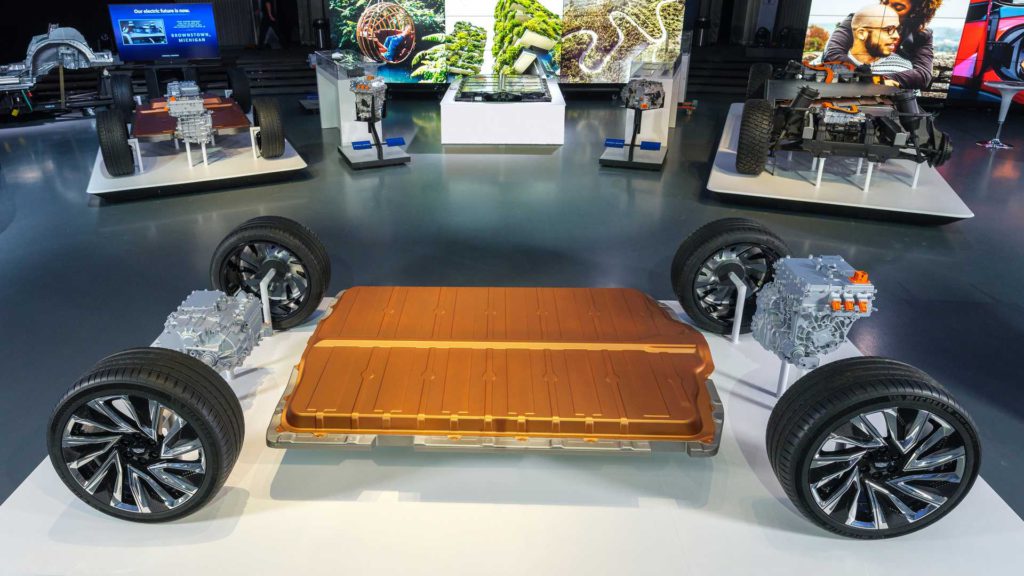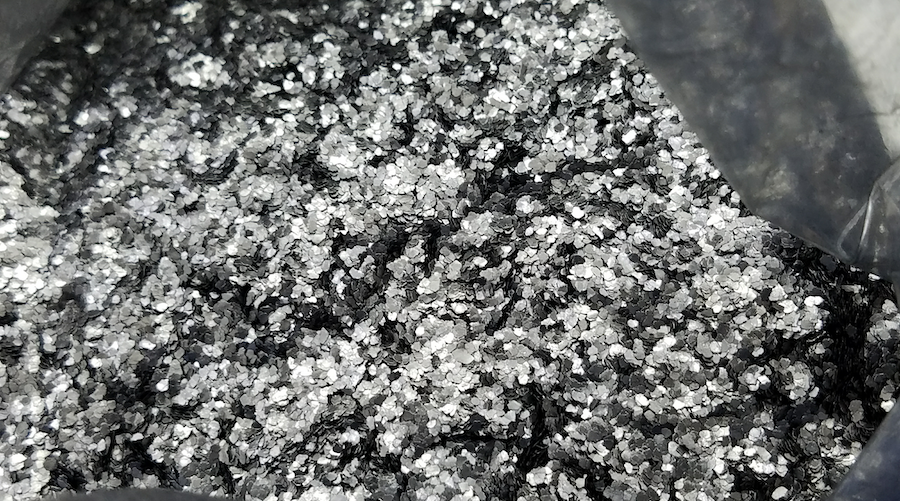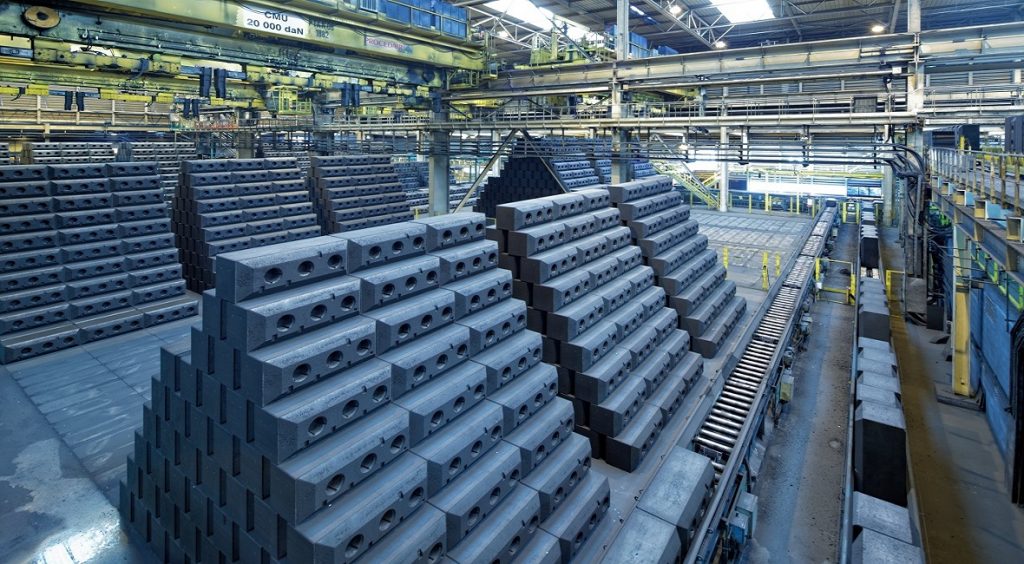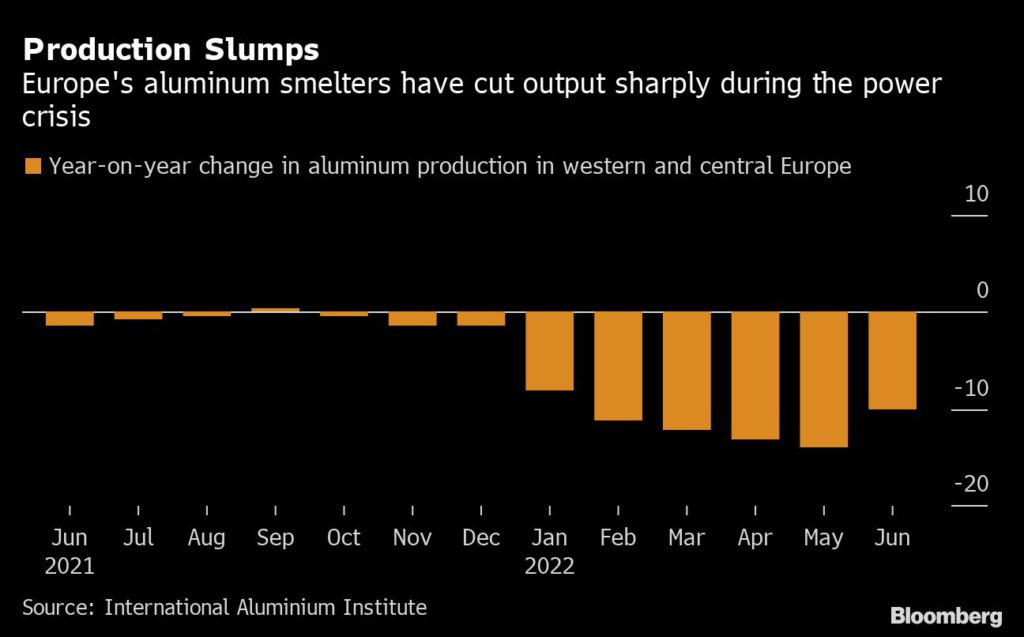UNITED SLAVE STATES OF AMERIKA
23-Year-Old Black Man Shot
'Execution-Style' By California Police
Danteé Ramos
Thu, July 21, 2022

A 23-year-old man was fatally shot while running from the San Bernardino police in California. Surveillance footage shows an officer firing at Robert Adams just seconds after pulling up in an unmarked vehicle.
Security camera footage shows two officers driving up in an unmarked car around 8 p.m. as Adams stood in the parking lot.
“Police in San Bernardino, CA, fatally shot 23-year-old Robert Adams execution-style! It’s reported Robert didn’t know there were police in the unmarked car before he ran for his life. We need a full investigation into this horrific execution!” Ben Crump, the lawyer representing George Floyd’s family, tweeted.
Adams ran from the officers when they stepped out of their vehicle car. The clip shows that within seconds of getting out of the car, one of the officers fired at Adams from a distance, causing Adams to hit the floor.
The two officers have not been identified, but Adams’s family asks for murder charges to be filed against them.
Since the video’s release, Adams’ family has been urging authorities to file murder charges against the officers who have not been identified.
The two officers were considered to be with a “specialized investigations unit” and were “conducting surveillance in an unmarked vehicle” after “receiving information that a Black male armed with a gun was in the parking lot,” the San Bernardino police department said in a statement.
The two police officers say they gave verbal instructions after stepping out of the unmarked car and that Adams had a gun in his hand as he ran.
Adams’ family argues that their loved ones probably did not know they were officers when they arrived.
Adams’ mother, Tamika Deavila King, said she wants criminal prosecution after losing her son.
“A part of me is gone now, and I can’t ever get it back. I want criminal prosecution and I want justice and I never want another mother to have to bear this pain. It hurts so bad,” Deavila told the Guardian.
Audwin King, Adams’ stepfather, is standing behind his wife and is demanding complete retribution for his stepson’s killing.
“We want full justice for our son. We want cops like that off of the force. Police are supposed to protect and serve, not hunt and kill, and we can see that is what that man did. My stepson didn’t have a chance to defend himself, and the officer jumped out with the intention to gun him down like a dog in the streets,” King said.
Adams did not fire at the officers, according to Jennifer Kohrell, a spokesperson for the police department. The video footage does not show a weapon in Adams’ hands and shows him running in the opposite direction.
Kohrell said Adams “fit the description” of a person of interest police were investigating, but she declined to say whether police confirmed Adams was the person they were looking for.
Police released additional bodycam footage on Tuesday night showing the officer drawing his gun and pointing at Adams before chasing him and quickly firing.
Adams can be seen lying on the ground in pain while an officer stands above and with his weapon pointed at Adams.
“The location has a history of criminal activity,” said the police chief, Darren Goodman, regarding the location where the incident occurred.
Goodman further explained that the officer fired because he was “fearing that bystanders or the officers’ lives were in danger.” However bodycam clips do not reveal Adams pointing any weapon at the officers, nor does it show any bystanders near the lot.
An ambulance took Adams to a hospital after the shooting, where he died.
On Tuesday, in a statement, Crump said that he and California attorney Bradley Gage were representing Adams’ family.
“It is unbelievable that another Black family has to bury their child due to police shooting first and asking questions later,” the two lawyers said. “Robert appeared to be simply walking around the parking lot when officers exited their unmarked vehicle firing their weapons at him immediately. Robert never even had a chance to explain himself.”
Ben Reynoso, a local councilman, said he stands behind the officers facing criminal charges.
“I’ve been grappling with it all day. To watch him flee and get killed, there’s no justification. It was like an execution,” he said. “How often do we deploy these tactics? And to what end? If this could happen one time, is it happening somewhere else in our city right now?,” questioning the unmarked car decision.
The two officers have not been placed on leave and are currently working.
Police bodycam video shows teen raising arms before shot
Thu, July 21, 2022
CHICAGO (AP) — Police bodycam video of an officer shooting a 13-year-old boy appears to show the boy raising his hands in the air a moment before shots were fired, according to an attorney for the boy’s family.
The shooting May 18 on the city’s West Side left the boy paralyzed.
The video is from the body camera of an officer running after the 13-year-old believed to have been a passenger in a stolen car. The footage is from another officer involved in the chase.
“Let’s be clear," said Andrew Stroth, an attorney for the boy's family. "What the video shows is an unarmed Black boy, running away from the police, puts his hands up, obeying what he heard from the officers, and without cause or provocations is shot.”
The officer's name has not been released publicly, but WLS-TV said his attorney, Timothy Grace, issued a statement saying the officer believed the boy was armed with a gun. Investigators said they never found a gun at the scene.
“Police officers are required to make split-second decisions and the law not only understands that, but allows for it," Grace said. "Illinois law tells us that we are not supposed to look at these situations with 20-20 hindsight, but rather we should judge the actions of a law enforcement officers from the perspective of a reasonable officer.”
The Civilian Office of Police Accountability is continuing to investigate and has issued no determination. The officer has been restricted to desk duty.
The boy's family has filed a federal lawsuit against the city. The lawsuit identifies the boy only by the initials A.G.




























